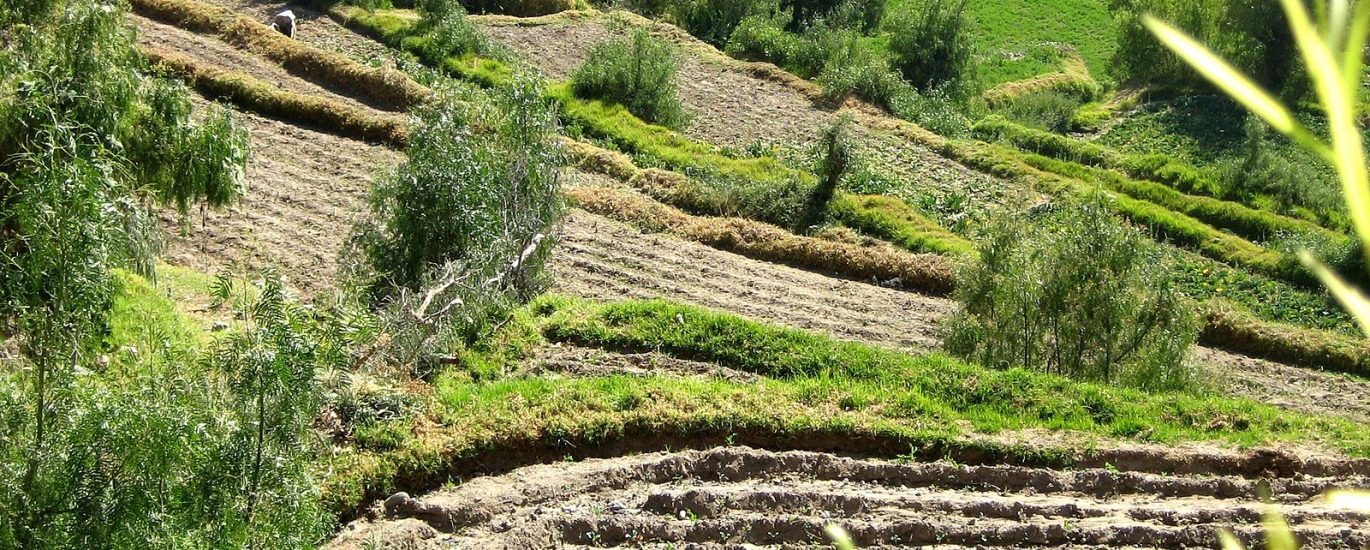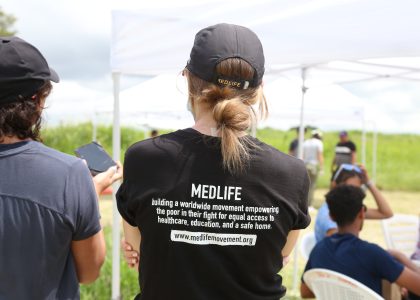Images of a rich history, diverse culture, and scenic landscapes often come to mind when you think of Lima, Peru. Yet, beneath the surface of this country lies an urban challenge many are unaware of: the sprawling urban slums of Lima, Peru. Access to basic amenities and a healthy environment often need to be improved in these areas. But there’s a beacon of hope. Urban gardens are beginning to flourish within these densely populated neighborhoods. These gardens are more than just patches of greenery and flowers; they represent transformative spaces that empower communities, boost well-being, and act as a catalyst for positive environmental change. This story is about Lima’s journey of resilience and innovation and demonstrates the incredible potential of urban gardening, proving how it is reshaping entire communities for the better.
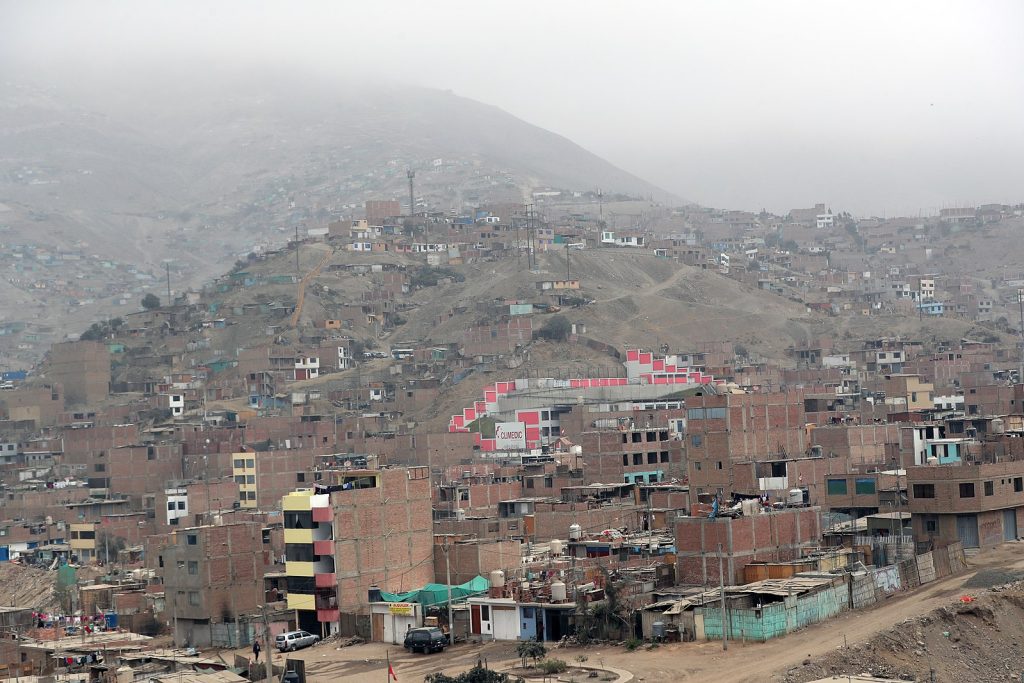
The History of the Slums of Lima, Peru
Lima has experienced a significant growth in population over the past few decades, primarily due to rural residents looking for a better life and more opportunities in the city. This rapid urbanization has resulted in the growth of informal settlements, commonly known as slums, on the city’s outer edges. With a lack of formal planning, these settlements often struggle with numerous different challenges. Infrastructure is limited and often non-existent, leading to poor housing situations, limited access to clean water, and insufficient sanitation facilities. Plus, public services like education, healthcare, and transportation are often stretched thin, leaving many of the slum’s residents without access to these crucial services. As the slums of Lima, Peru has continued to grow, so has the strain on its resources.
The Power of Green in Urban Slums
Urban gardening is a simple concept that holds incredible transformative powers, especially in the dense environments of urban slums. Around the world, cities have begun to recognize the numerous and far-reaching benefits that these small patches of greenery can bring to their sprawling concrete jungles.
Most importantly, urban gardens are a direct solution to food scarcity. These gardens can provide fresh produce right to the doorstep of the area’s residents. This reduces the need to travel long distances or rely on expensive markets. Plus, the nutritional value of freshly harvested fruits and vegetables is also far greater than that of store-bought items that may have traveled hundreds of miles before reaching the consumer.
Air quality is also a significant concern in congested urban areas. Since plants act as natural air purifiers, removing harmful pollutants and releasing oxygen, the creation of these gardens can have a noticeable positive impact on the environment making it healthier for residents.
Lastly, there’s the undeniable positive psychological impact. There is no denying the fact that urban slums of Lima, Peru have challenging living conditions, which cause stress and anxiety for many of its inhabitants. Beautiful green gardens quickly become a haven for residents, offering a small slice of tranquility amidst the chaos. Tending to plants, watching them grow, and reaping the benefits of their labor are all therapeutic actions. It’s amazing the positive effect that planting seeds can have on boosting mental well-being.
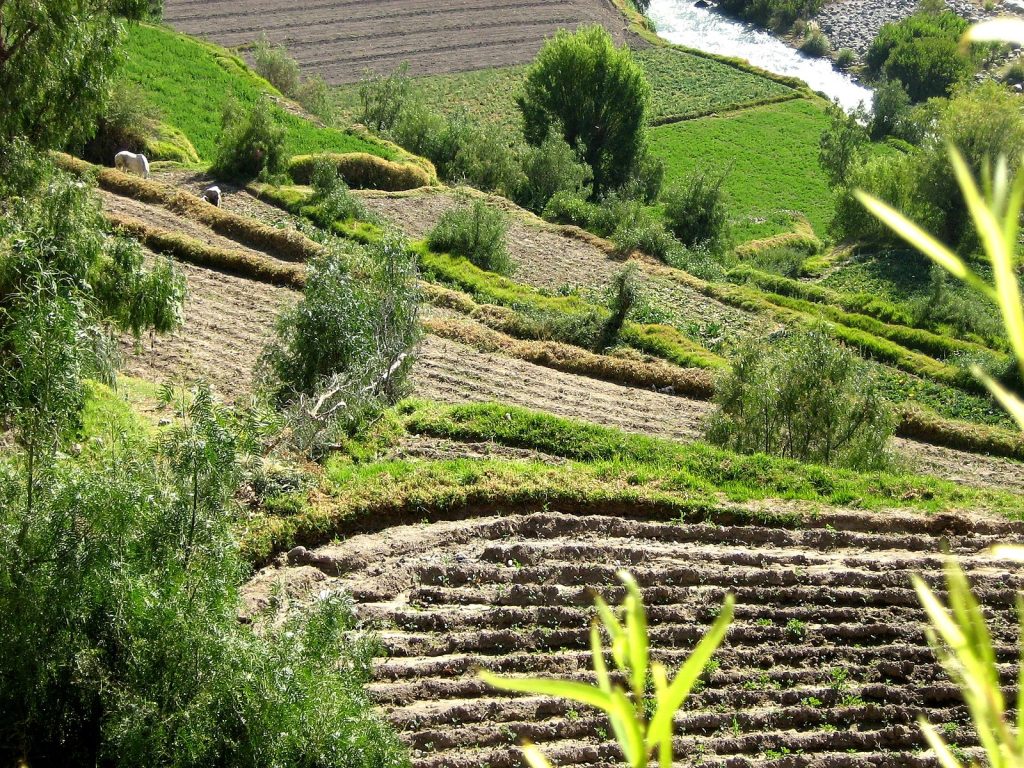
A Look into Lima's Gardening Revolution
In recent years, Lima undertook a pilot study to understand both the tangible and intangible benefits of urban gardening within its slums. The objectives of this study were to evaluate the direct impacts on health and well-being, to assess the quality of life improvements, and to measure the effects of these gardens on the overall community’s well-being.
To ensure that this study was valid and based on real facts, researchers were focused on collecting accurate and extensive data. They meticulously cataloged the growth of the gardens, interviewed local residents, and performed regular mental and physical health check-ups on them. Monitoring stations were also set up to observe interactions in and around the garden areas.
The results were eye-opening! Residents who were involved in this gardening project reported significant improvements in their mental health. Sowing seeds, watching them grow, and benefiting from the fruits of their labor gave many people a renewed sense of purpose and satisfaction. Plus, the constant availability of fresh produce directly boosted their quality of life, with families consuming more nutritious meals and saving a lot of money.
One of the most profound findings was the importance of these gardens in creating a deep sense of community bonding. The gardens became exciting communal spaces where residents gathered, shared gardening tips, and celebrated when it was time to harvest. These gardens became places to foster stronger relationships by breaking down barriers and creating a sense of unity among neighbors.
The Bigger Picture
This pilot study on urban gardens has implications extending far beyond the city’s boundaries. This research brings to light the many benefits green spaces can bring to densely populated areas. Improved mental health, better physical health, and stronger community bonds prove that urban gardening is a highly beneficial, if not essential, aspect for all urban centers across the globe.
Urban slums across the world all face similar challenges of resource scarcity, overpopulation, and poor infrastructure. By following Lima’s example and introducing urban gardens in these areas, many of these challenges can be addressed, fostering both individual well-being and a stronger sense of unity within the community. It’s time for the world to wake up and hear the call to harness the transformative power of urban gardens and get growing today!
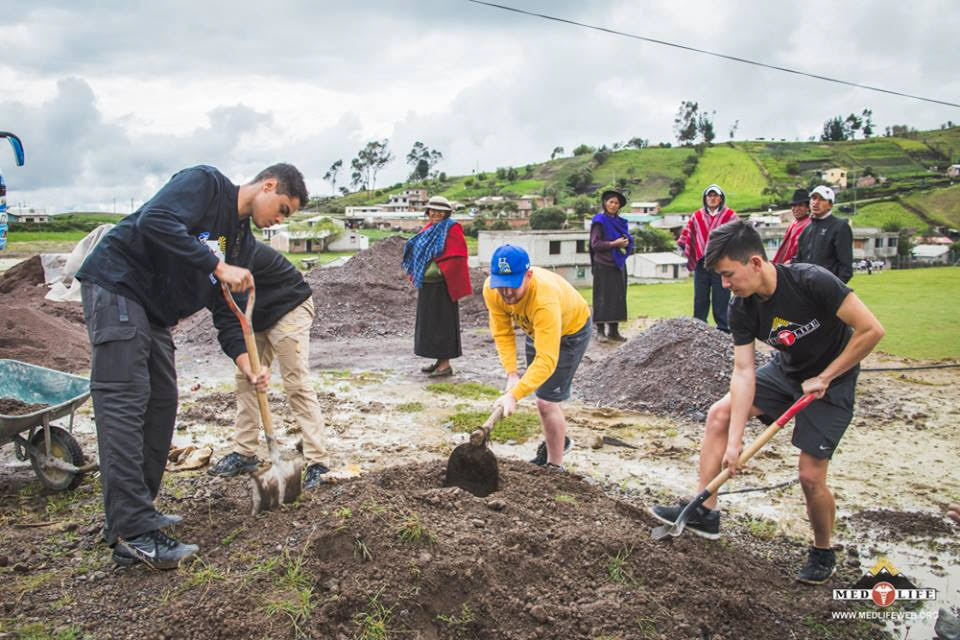
Become an Agent of Change: Experience Lima's Gardens with MEDLIFE
Don’t just take our word for it! See the transformative powers of Lima’s urban gardens for yourself! By joining a MEDLIFE Service Learning Trip, you can witness the incredible transformation of Lima’s slums with your very own eyes. When you volunteer with us, you don’t just observe the change; you get the unique opportunity to become part of it. You have the chance to actively contribute to the Safe Homes Movement. So, what are you waiting for? Join us and be a beacon of positive change in the world today!


